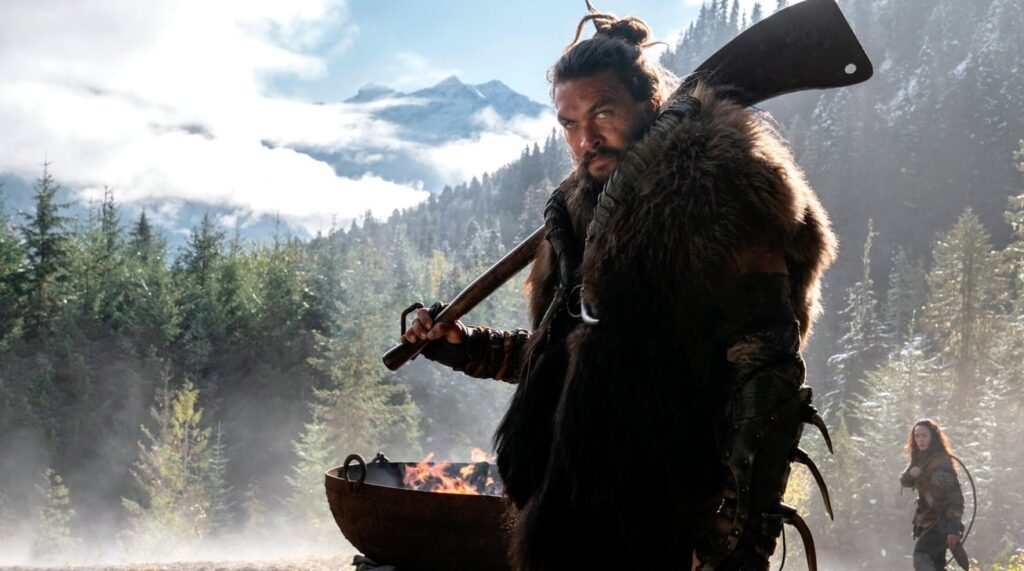
The production of Apple TV+ show “See” used a blindness consultant to realistically portray living with visual impairments, a profile of the show reveals, with associate producer Joe Strechay helping to make the scripting and scenes as accurate as possible.
A launch show for Apple TV , “See” is a sci-fi story of a world that has deteriorated due to everyone becoming blind, and the birth of the first humans to regain their sight after 600 years. As part of its production, the show relies on blindness consultant Strechay to ensure that what is depicted onscreen is how a society of visually impaired people would live and communicate.
Caused by a genetic disorder called retinitis pigmentosa, Strechay taught people with low vision how to travel with a cane and to rejoin the workforce, before joining the American Foundation for the Blind’s Career Connect program as a writer in 2009, reports CNET. His pieces about how blind people were portrayed in popular media led to casting departments asking for his advice, and then to assist with productions themselves.
After working on USA Network’s “Royal Pains,” Strechay was brought onboard the production of Netflix’s “Daredevil” in 2013, to review scripts and make suggestions, as well as to assist actor Charlie Cox, who played lawyer and hero Matt Murdock. “I worked with the lead actor and trained him on blindness skills,” said Strechay. “Not how to pretend blindness, but the little things that people who are blind know how to do.”
For “See,” Strechay reviewed scripts early in its development, before moving from Pennsylvania to British Columbia in July 2018 to work on the show. Initially, he answered questions and offered notes, before blocking scenes in the third episode and giving the director feedback for almost every scene by the fourth.
“Everything you see actors do who are blind or low vision, I did,” said Strechay. “Climbing down a waterfall, I did that. Navigating rocks, I did that.”
Apple employed several actors with vision impairments in a number of key roles, as well as for background actors. According to Strechay, there were dozens of actors with disabilities, around 30 background actors, and two stunt performers.
He also worked with sighted actors to navigate the environment as blind characters, such as through the use of echolocation. Weeks of movement and sightless training were offered to the actors for their roles.
Creating community rituals was also part of Strechay’s work, including what props should be like and where they would be located. Star Jason Momoa would occasionally select props “based on how cool they look versus the practicality of tools useful for moving with,” Strechay explained, leading to the consultant negotiating with the star over both how items should be used and if it made sense to use in the show at all.
Despite doing its best to be an accessible show, both in its production and on-screen, “See” still received criticism, such as the suggestion that the world would sink to a prehistory level as being “deeply offensive and wildly out of date” by LightHouse for the Blind and Visually Impaired in San Francisco CEO Bryan Bashin.
Strechay still believes the show could get better as it enters its second season, which is on pause due to the coronavirus pandemic. Strechay hints that there could be better representation in the season, offering “We’ve only seen a small portion of the world in season one. Who’s to say what’s out there in the world?”























